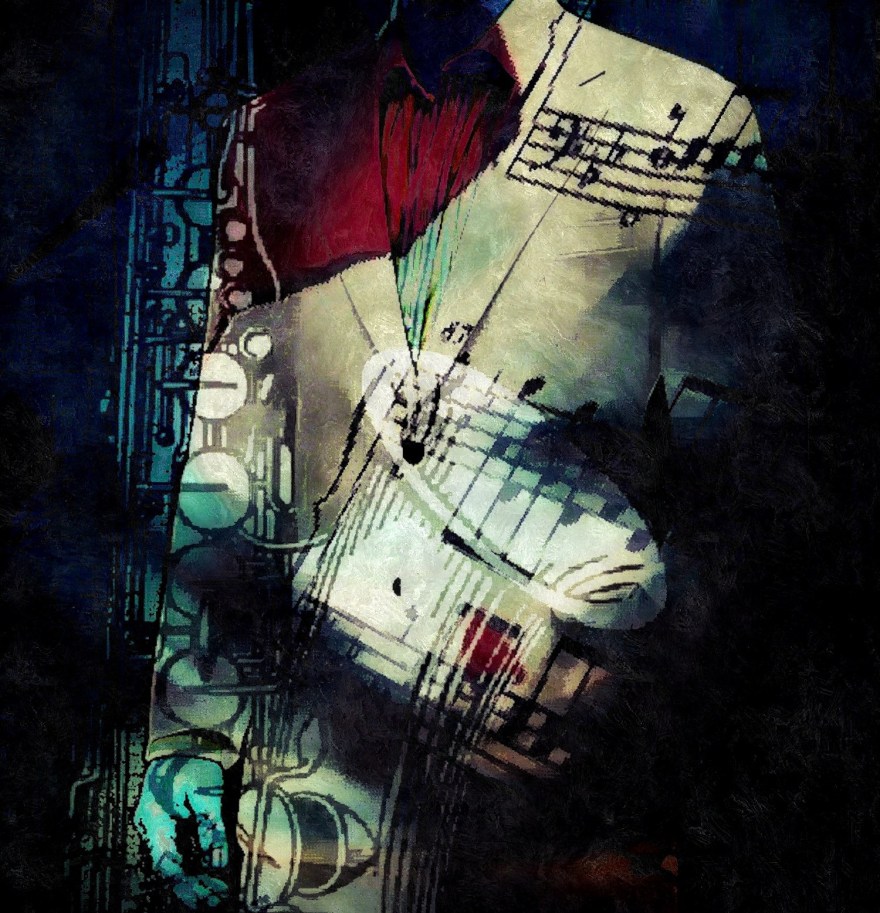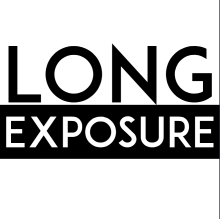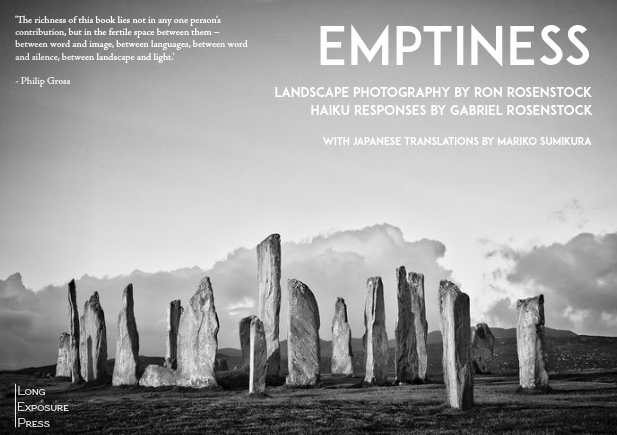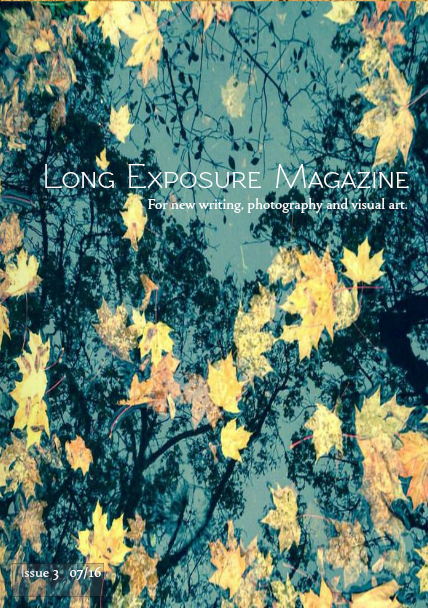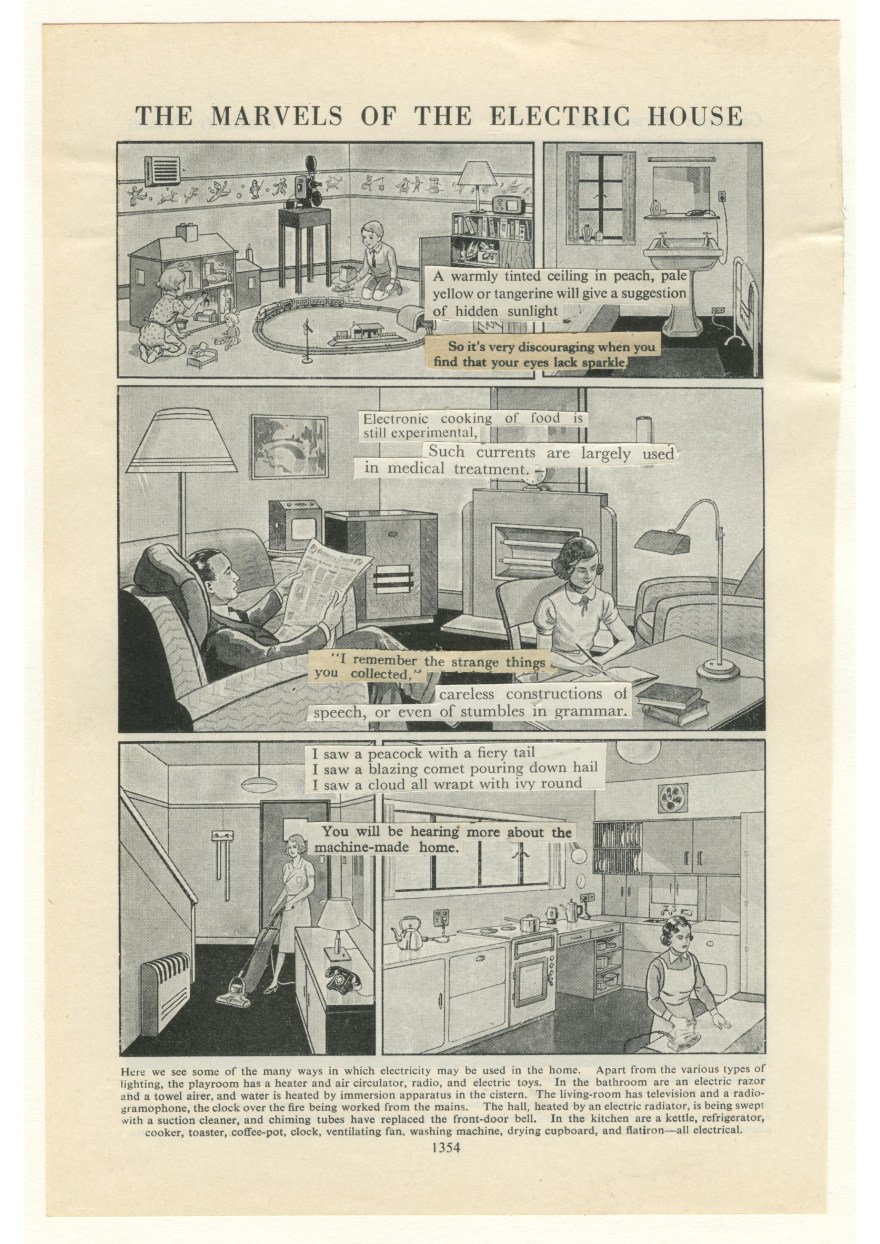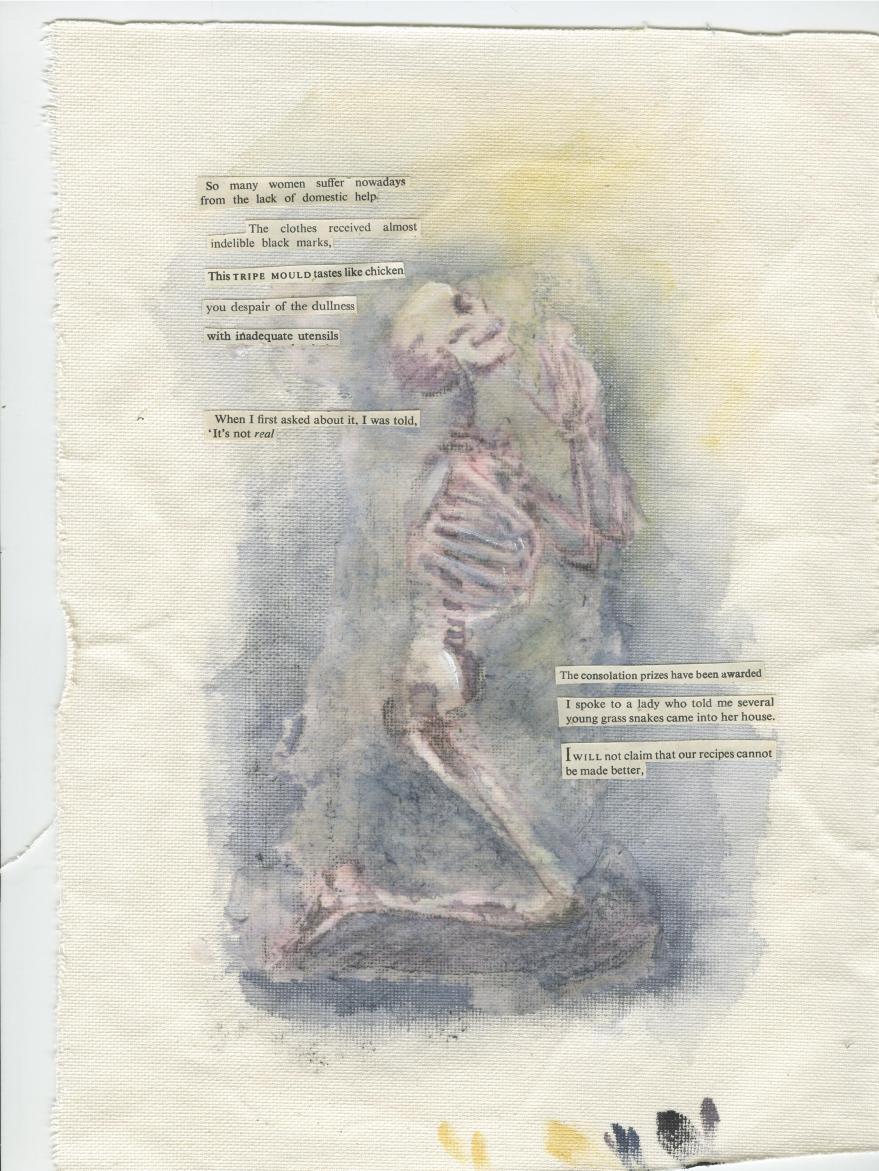
At the Water’s Edge
after Cezanne, “At the Water’s Edge” (c. 1890)
Resisting the hot wind, this house at the water’s edge
retreats beneath the whir of trees.
Their dry brushstrokes are blue like water or sky
and green as the end of spring.
But mostly they are the colors
of canvas, earth, and parched leaves.
The sky is a haze of brushstrokes, a wash of turpentine,
smoke to the water’s edge.
Hills loom behind the house;
they are mirages made of thinned paint.
More buildings appear, shimmers in the haze,
reflections in the water.
No swimmer, no boat breaks the surface,
more mirror for land and sky than home for fish and weeds.
But the house’s heart is dark and sweet
with sage and lavender, with the scent of grass and lake
protecting its guests from the hot wind, the drought,
and the smoke to the water’s edge.
Birch Trees in North Carolina
Seen from the window of the slow train south,
the needle-thin trunks glint
the way the odd, white threads do
in a quilt of blues, browns, and greens.
I do not recognize all of these trees,
but I know the birch.
Its peeled bark is snow clinging to spring.
Its leaves are wind chimes.
Its roots clutch at the stone wall
between long-gone pasture and forest.
I see this birch in Carolina,
not where I expected it,
but here among the rows
of oak and pine, beside
pools of water, part of
this quilt of sky, earth, and vine.
Bio: Marianne Szlyk is a professor at Montgomery College and the editor of The Song Is… Recently, she published her first chapbook, Listening to Electric Cambodia, Looking at Trees of Heaven, with Kind of a Hurricane Press: http://barometricpressures.blogspot.com/2014/10/listening-to-electric-cambodia-looking.html Her poems have appeared in a variety of online and print venues, including ken*again, Of/with, bird’s thumb, and several anthologies by Kind of a Hurricane Press. She hopes that you will consider sending work to her magazine. For more information about the spring/summer contests, see this link: http://thesongis.blogspot.com/2015/04/contests-for-springsummer.html

